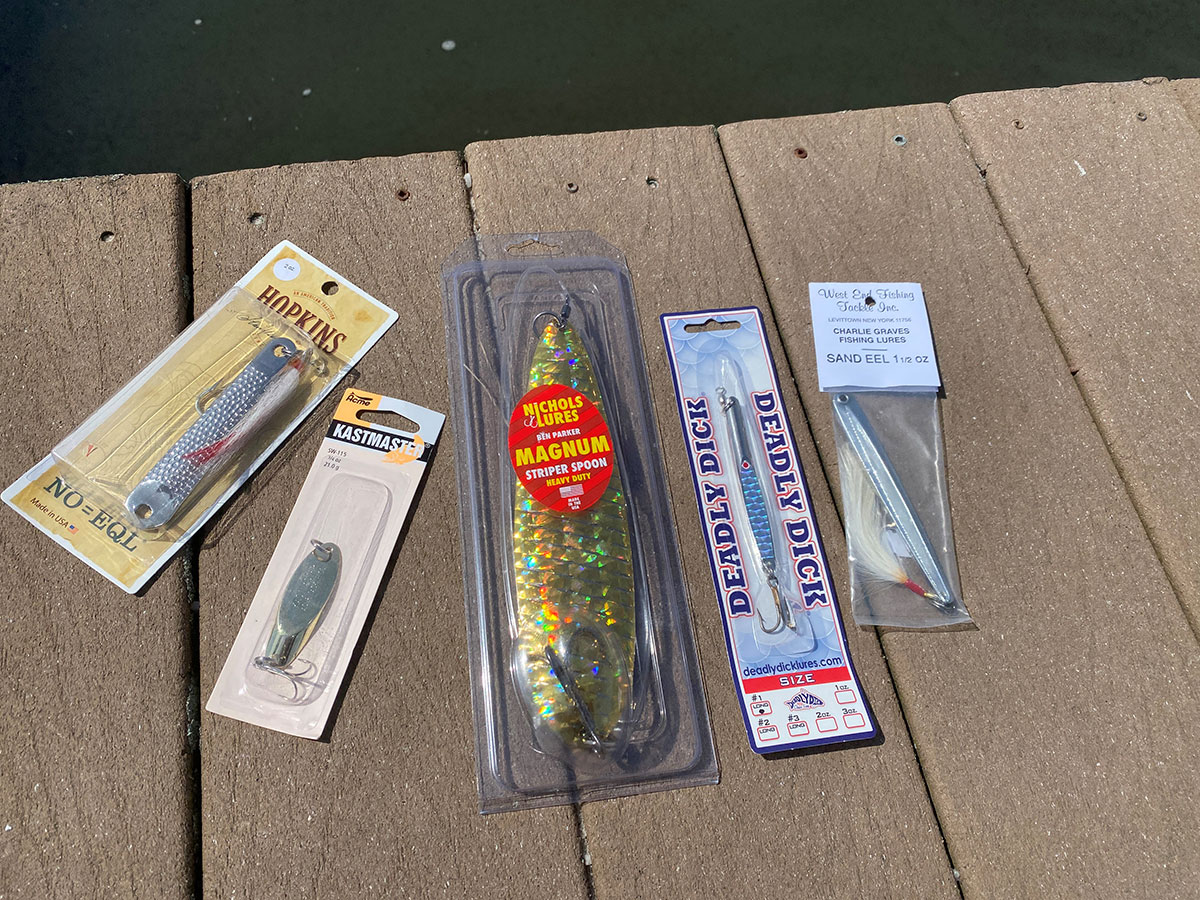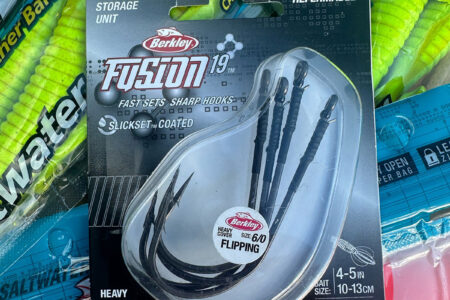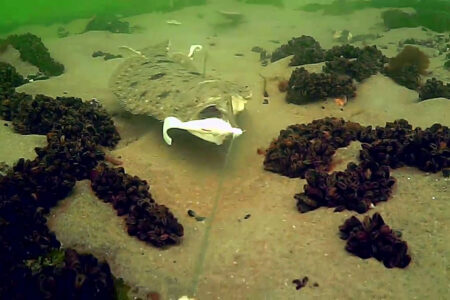
Available in many variations but all with the same purpose in mind – fish catchers!
Go to your saltwater tackle box. Consider each lure you own and quantify how many fish each of those lures produced season after season. Take out the poppers, the darters, the lipped swimmers, $3 bargain bin lures you give to a friend’s kid who has never fished before, and the double-digit custom wood glider that you waited in line outside a tackle shop at three in the morning to get. How many fish is each one genuinely responsible for? Pound for pound, inch for inch, species for species, which is your top producer?
After this audit, I am sure you will realize that there is usually a go-to lure in every angler’s arsenal that always shines. For me, I could consider it the spoon. Having come to this conclusion, you will also begin to admire the spoon’s simplicity. Sure, there are variations, but in essence, all spoons are the same.
A spoon is a piece of metal with two holes – one for the hook and one for the terminal attachment – and there’s not much else. Why should there be? It is a tool with a singular job. Wobble and flash like a fleeing baitfish.
It doesn’t need the latest in 3D-holographic-inversion-rattler-wobble-o’matic-chromium to attract fish. Toss it as far as possible, bring it back at whatever speed the target and conditions dictate, and catch fish.
Should it have a dressed hook or plain? Well, I will let a bluefish decide for you. Keep in mind some spoons come equipped with a single or treble hook. The single method allows for easy releasing but you might miss a few fish while the treble will hook more but unhooking might be a pain. You can always crush the barbs on the treble to combat this scenario.
There are stamped spoons with scale patterns that look very fishy, but I have always wondered how much of that shows even in a gin-clear bay. Something can be said about how the stamping catches the light, but I’ve done side-by-side tests, and if the fish are biting, the plain was just as good as stamped.
If you’ve been standing in the wash with a surf rod long enough, you have watched a weathered sharpie tossing the simplest of all spoons, the Kastmaster, and hitting fish all day. Do you need more proof? Not only will this simplistic spoon work off a shoreline but they can be jigged off a boat as well as casted to a school of blitzing fish and reeled back in – a real double threat.
The flutter spoon has made headlines these past few seasons, and rightfully so. This magnum piece of metal’s ability to make the most reluctant trophy-class fish hit is not just a marketing tool. But keep in mind, you don’t need to have a spoon that looks like you sawed off your boat’s prop to catch. Those plane-wing-sized flutters are terrific for imitating an adult bunker beneath the boat. But what about when schools of double-digit stripers have peanuts pinned in the shallows? Not only is a spoon simple, but it is scalable to match whatever bait profile you might be trying to imitate.
A 1-ounce Krocodile or Hopkins will cover you from sand eel to needlefish to peanut bunker. But don’t forget about the classic spoons or “casting tins” like Point Jude’s Butterfish. They come in sizes and shapes that help you imitate something as large as a spring-run bunker. Late summer, when fish are blowing up on rain bait, drop down to a thin narrow spoon, tiny Deadly Dicks are indeed – deadly – when worked frantically through the blitz.
The sheer range of sizes of spoons speaks volumes to its versatility and effectiveness. When taking out kids for snapper fishing tournaments, I swapped out the traditional tube hooks for tiny spoons and Phoebes with excellent results. Spoons can cover nearly every bait size, from bay anchovy to monster mackerel—another case for it being the top lure in your collection.
If all of this fails to convince you, consider that the spoon, as a fishing lure, was conceived in 1824 and has remained relatively the same in the intervening two hundred years. When looking through your lures, ask yourself if anything else you have will fish the same in 2224 – I doubt it.




